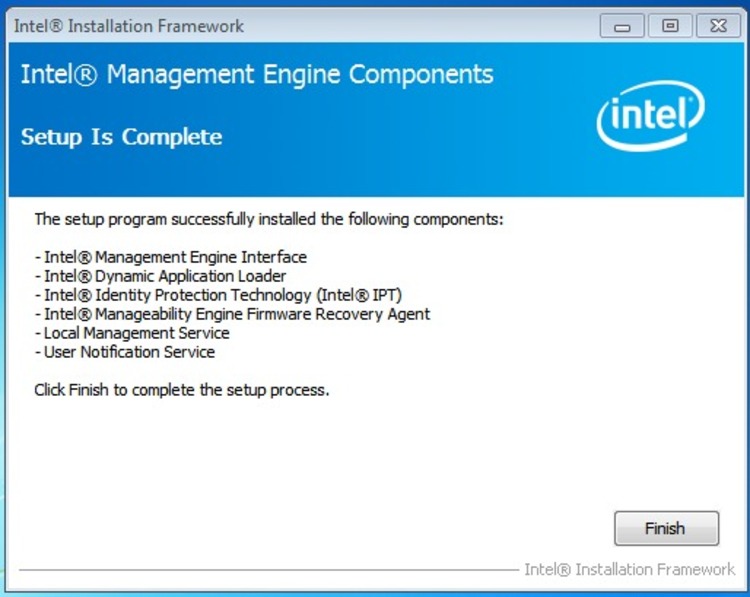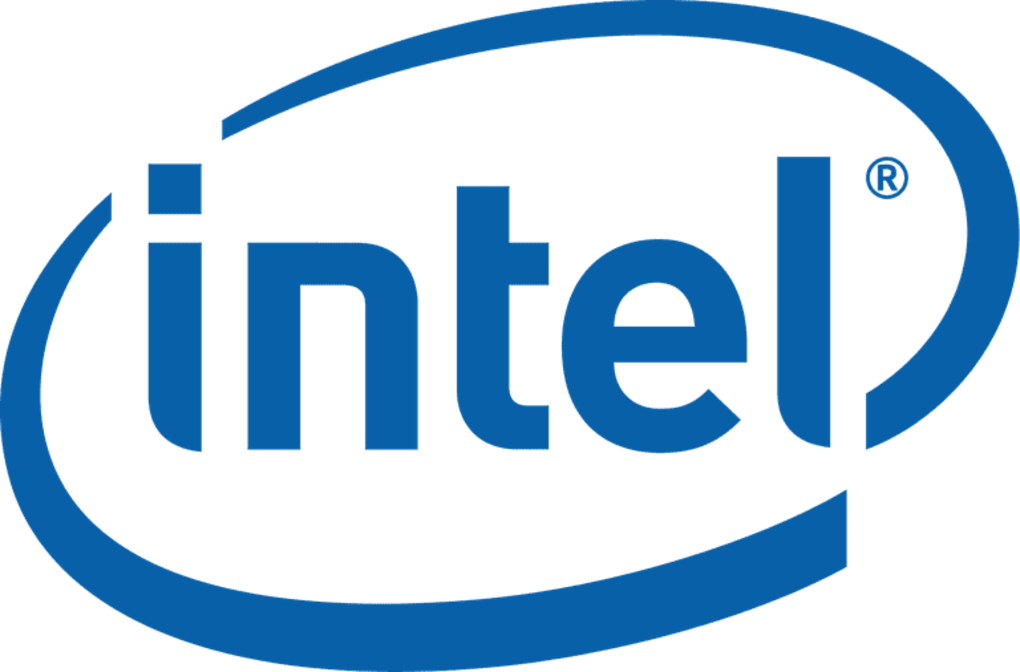
- DO I NEED INTEL MANAGEMENT ENGINE DRIVER WINDOWS 10 INSTALL
- DO I NEED INTEL MANAGEMENT ENGINE DRIVER WINDOWS 10 DRIVERS
- DO I NEED INTEL MANAGEMENT ENGINE DRIVER WINDOWS 10 UPDATE
- DO I NEED INTEL MANAGEMENT ENGINE DRIVER WINDOWS 10 WINDOWS 10
- DO I NEED INTEL MANAGEMENT ENGINE DRIVER WINDOWS 10 SOFTWARE
So I would rather understand what each of these do exactly!

DO I NEED INTEL MANAGEMENT ENGINE DRIVER WINDOWS 10 DRIVERS
Never had some specific problem, because of it, but drivers differ from CPU to CPU, or motherboard to motherboard.
DO I NEED INTEL MANAGEMENT ENGINE DRIVER WINDOWS 10 INSTALL
3D mark scores are fine!I I also didn't install INF updates in past. And everything is working fine (as far as I can tell).

DO I NEED INTEL MANAGEMENT ENGINE DRIVER WINDOWS 10 WINDOWS 10
I have currently no drivers, except drivers which are included in offline Windows 10 installation. I have i5 9600KF, if I Am not mistaken: I read that PCI-e lanes are handled directly by CPU on this architecture. But it does something, which causes input lag. Maybe they were previously not fully operating, or communicating with the System. Yea before installation: there are yellow devices. I don't know why they are called drivers in the first place. That they install INF configuration files, so system can recognize yellow devices - so they are working properly. I disabled automatic driver updates! So no drivers are installed automatically for me!!! Yeah I know what Intel Chipset Drivers do. Good only install those that are absolutely necessary (sadly, I rarely follow my own advice and have screwed things up a few times so badly that I had to reinstall the O/S). You are obviously not the type of person who blindly installs these packages. You need to read the MS knowledge Base articles that go with these packages these articles will help you determine if you actually need any of these updates.
DO I NEED INTEL MANAGEMENT ENGINE DRIVER WINDOWS 10 UPDATE
Most downstream devices are connected to PCIe lanes off the PCH and thus the PCIe Controller driver is a must for handling of these lanes.Īs for the optional drivers that Windows Update offers, they are optional for a reason. They are mostly consumed by the support for graphics (and regardless of whether you use the iGFX engine or not). In most desktop systems, there are few PCIe lanes available in the processor for downstream devices.
DO I NEED INTEL MANAGEMENT ENGINE DRIVER WINDOWS 10 SOFTWARE
The Sensor software developers have, for years, used a convention that allows multiple of these drivers to exist and be used simultaneously. Now, when software that wants to use the SMBus is installed, it loads its own custom SMBus driver, but this is done dynamically and the driver, barring a few cases where collaboration has occurred, is not available to other applications. You get a proper description of the interface (and avoid the Yellow Bang) but no driver is installed. The INF Update package installs an INF file that satisfies this device's PCI address space exposure. Intel does not provide a general-purpose SMBus driver. It is definitely the case if you never enabled Windows Update as the configuration included in the Windows installation image, depending upon what version you use, could be quite stale. INF Update) package does not install any drivers it simply installs INF files that optimally configure the drivers that were already installed! It could be argued that not installing this package could, in fact, result in additional lag because the configuration of the drivers might not be up to date. The Intel Chipset Device Software (a.k.a. They are going to be installed regardless of what you do (or don't do). Is there any reason I would want to install any of these drivers?įirst of all, ignoring the optional components (RST, SMBus, LAN, NET (WLAN), BT, etc.), you simply cannot run without most chipset drivers. I5 9600kf, asus z390-i gaming, g.skill trident z 3200mhz cl16 2x8GB, RTX 3070, corsair RM650x 2018, xpg 8200 pro, WD blue 4TBĪlso I included picture for all drivers Windows update found. Maybe it could affect something I do not know of! However I still want to know what each of these drivers do. I Am on clean Windows 10 install right now, with disabled automatic driver updates! And I do not have any problems.

This can be used for various things, not sure if I need this. I think this is driver for PCH - Intel(R) Xeon(R) E3 - 1200/1500 v5/6th Gen Intel(R) Core(TM) PCIe Controller (x16) - 1901 But it does not cause any serious problems not installing these. Without SMBus sensors may not report an accurate information. Here is example of some drivers Windows found: I heard, there is not necessarily need to install Intel Chipset drivers today, Windows already finds needed drivers. Intel Chipset drivers also can't be uninstalled without reinstalling a computer! But perhaps: I could install some drivers separately. But it is difficult to find information about what each of these drivers do! Therefore I avoid installing Intel Chipset drivers, because they cause huge input lag! I had same experience on multiple computers, before I was even solving input lag that much, so it is not a placebo! It is also known in tweaker community.ĭrivers are complex and badly coded drivers can cause input lag! I want avoid installing crappy drivers on my system.

I Am tweaking my system for minimum input lag.


 0 kommentar(er)
0 kommentar(er)
